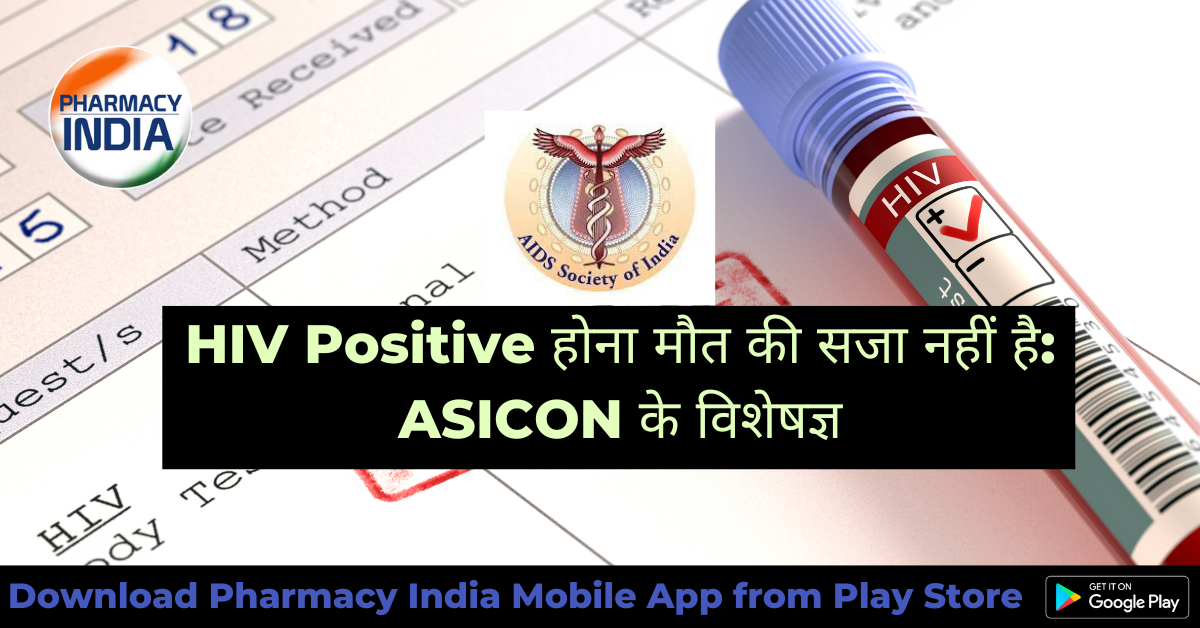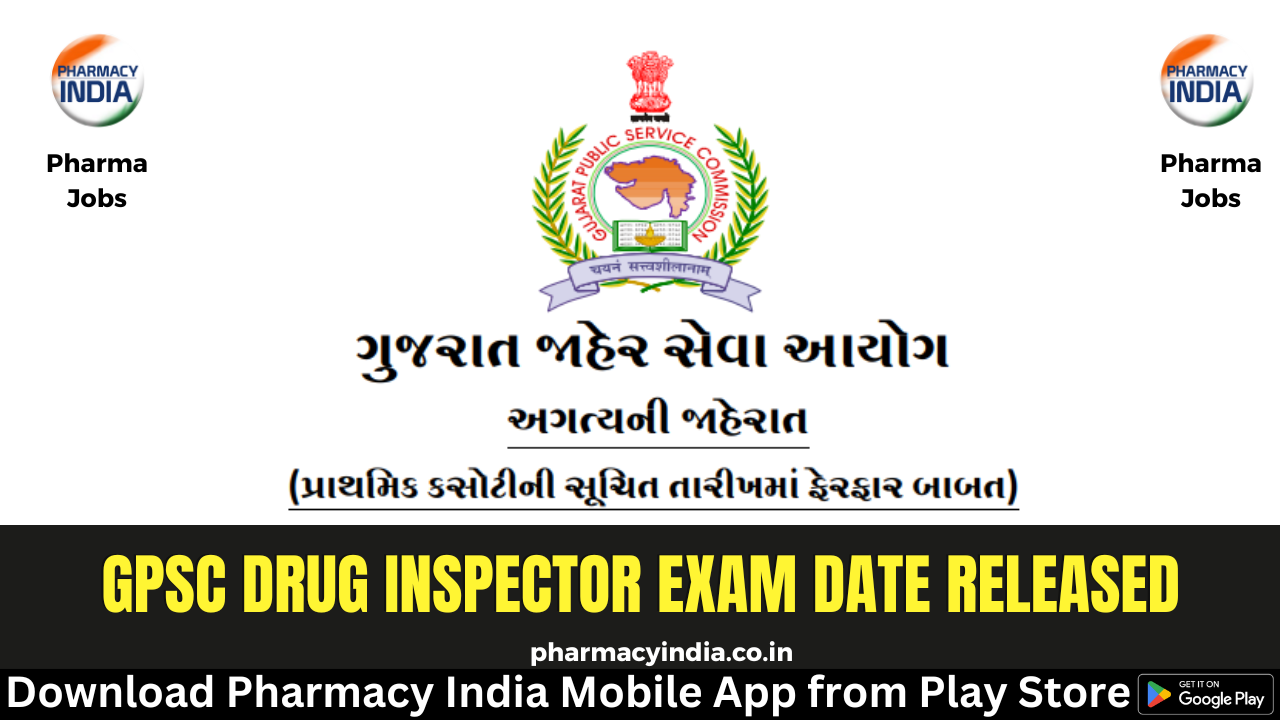Unless HIV positive patient status is established by early diagnosis and prompt therapy, being HIV positive is not a death sentence. The 14th National Conference of AIDS Society of India (ASICON), AIDS Society of India (ASI), and Governing Council member of International AIDS Society (IAS) began on March 17, 2023, in New Delhi, and will end on March 19, 2023. The conference’s theme was “Energize, Empathize, Equalize,” and experts discussed the availability of numerous time-tested ART therapies and effective and cost-effective drugs today with fewer side effects.
The event is very relevant and is taking place in North India for the first time as a significant national conference on HIV, according to Dr. Atul Gogia, senior consultant in the department of medicine at Sir Ganga Ram Hospital in New Delhi, who was speaking on the sidelines of the gathering. It aims to raise awareness about HIV diagnosis and treatment among medical professionals, academics, and laypeople. The act of disclosing one’s status is highly stigmatised and taboo. About ten years ago, the choices were few. Today’s drug selection is wider, and treatments are more affordable and widely available, just as they are for diseases like diabetes, heart disease, and cancer, among others. The cost of first-line therapy is now quite modest, at most Rs. 2,500 per month or Rs. 1500 upfront, thanks to advancements in therapies and medications, making HIV treatment very accessible and inexpensive. Tenofovir, lamivudine, dolutegravir, and efavirenz, which is the main first-line therapy being extensively used today to treat HIV, are often used pharmaceuticals, he continued. During the event, businesses like Emcure, Hetero, and Laurus Labs displayed their products.
Dr. Dilip Mathai, an expert in medicine and adult infectious illnesses, stated that the goal of this conference is for India to reach 95-95-95 before 2025. We have been running late in meeting the goals. We are attempting to implement self-testing in accordance with WHO criteria to guarantee that we maintain a person’s status known as promptly as possible. Thus, we assume that they will seek therapy if 95% of them are aware of their condition. If 95% of patients really seek therapy, 95% of patients will experience virological suppression. The ability to know one’s HIV status will enable high risk behaviour groups, such as female sex workers, transgender people, and injectable drug users, to receive treatment. They will become virologically inhibited as a result. Zero transmission will result after you are virologically inhibited.
“At the moment, the percentage of people who self-test or are aware of their HIV status is between 60% and 70%. Due to a lack of baseline status, it is very difficult to say whether the number of instances has decreased or increased. The high risk status cannot be determined unless a person has himself tested, Dr. Mathai continued. “Along with NACO, experts and ASI have developed a national strategy on HIV self-testing. In India, both saliva and blood tests are free of charge. A system where one is advised on HIV self-testing should exist “Dr. Mathai went on to elaborate.
Some of the key topics discussed were Global Epidemiology and Strategies for Elimination of HIV by David Bridger, UNAIDS, HIV scenario in India by Dr. Anoop Kumar Puri, NACO, Collateral Damages due to Covid Pandemic by Dr. Randeep Guleria, Delhi, Challenges in Implementation of 95 – 95 – 95 by Dr. Meg Doherty, WHO HQ, Recent Update on PrEP and its implications for implementation in India by Dr. Kenneth Mayer, USA, diagnosis of acute HIV infection in primary health care settings by Dr. Vanita Gupta, Chandigarh, self-testing – Can we implement this in India? by Dr. Kimberly Green, PATH, Vietnam, Need for CD4 in Test and Treat Era by Dr. Ishwar Gilada, Mumbai, HIV and TB: Changing Scenario by Dr. Rajendra Joshi, CTD, GOI, Newer TB medications -When to use them? by Dr. G Narendran NIRT/ICMR and Newer diagnostics for tuberculosis by Dr. Mayank Pandey, Delhi.







